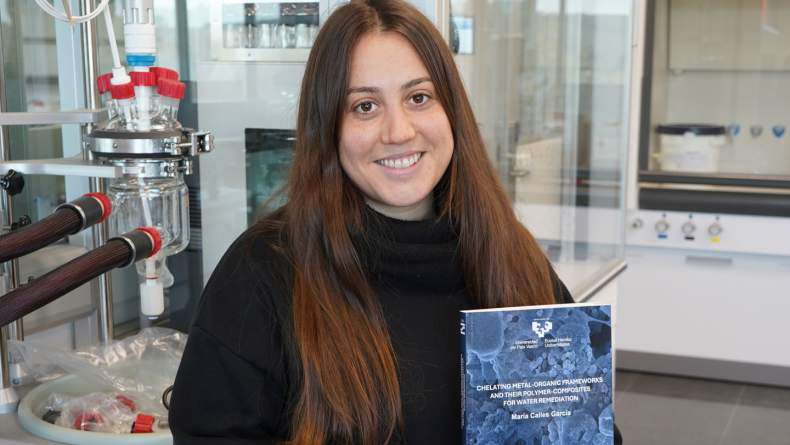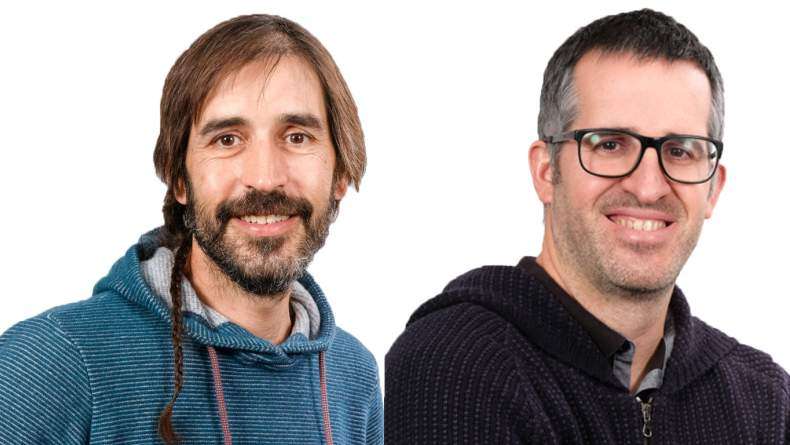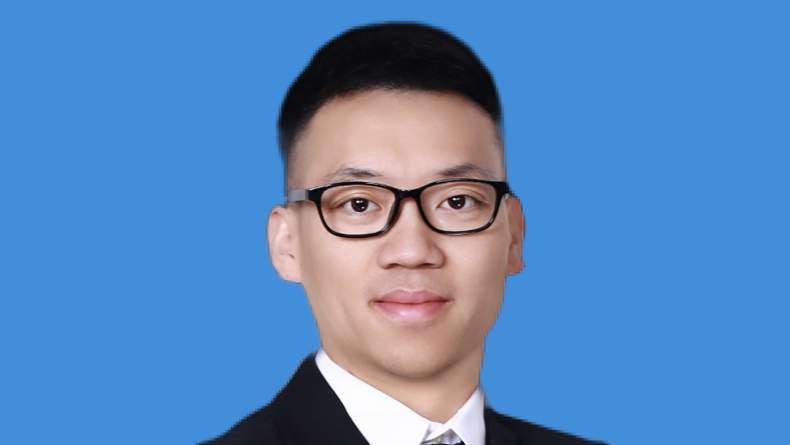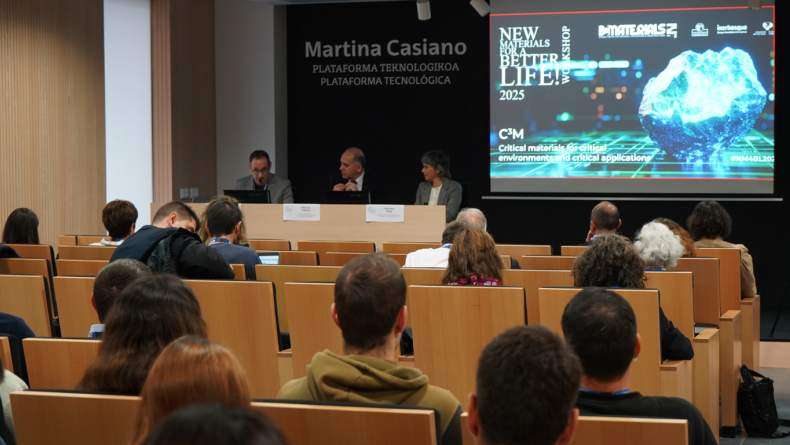Neutron scattering for research of materials and transient processes in lithium power sources by Mikhail V. Avdeev
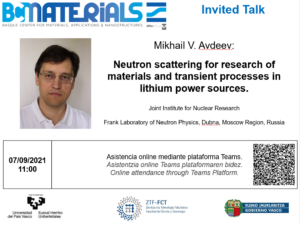
We are pleased to announce the invited talk given by Mikhail V. Avdeev, Professor at Frank Laboratory of Neutron Physics, Joint Institute for Nuclear Research, Dubna, Moscow region, Russia about “Neutron scattering for research of materials and transient processes in lithium power sources”.
The current rapid development of electric transport, robotics, as well as the miniaturization and increasing functionality of portable electronic devices call for the creation of more advanced electrochemical energy storage devices. At present, lithium-ion batteries exhibit the highest specific energy storage capacity, the basis of which is the ability of electrode materials to insert (intercalate) and extract (deintercalate) lithium ions during battery charging/discharging, respectively. Further ways to significantly increase the specific capacity of electrochemical sources today are associated with lithium energy storage devices of ‘non-intercalation’ type, such as lithium-ion sources with metal anodes or lithium-oxygen cells with carbon-based cathodes. In turn, this determines the urgent need for the development of experimental approaches that would make it possible to explore the structure of electrodes and electrolytes in bulk and at interfaces including those in operating cells. Scattering of thermal (energy <0.5 eV) neutrons has proven to be a promising technique for this purpose, which allows tracking the structural evolution of the components of electrochemical cells.
The report provides a review of the recent advances in neutron scattering methods for research related to the development of lithium power sources of different types. It summarizes the experimental studies and diagnostics of electrode materials and electrochemical interfaces using neutron diffraction, reflectometry and small-angle scattering over the past ten years. The results obtained establish relationships between the microstructure of the components and macroscopic characteristics of electrochemical cells in various conditions.
The talk will be on September 7th at 11:00.
The event is free and open for everybody, it will be online via TEAMS with the following link:
Teams Link
Do not miss it!


Related news
María Calles, New Doctor of BCMaterials
We would like to congratulate María Calles García for obtaining her PhDs in Materials Science and Technology from the UPV/EHU. On December 4 made a brilliant defense of her thesis titled ‘Chelating…Invited Talk with Barcelona Microelectronics Institute’s researchers (December 3)
On December 3 at 12:00 PM, in the Martina Casiano Auditorium in Leioa, BCMaterials will host senior researchers Antón Guimerà and Xavier Illa from the Barcelona Microelectronics Institute (IMB-CNM,…Invited Talk by Liu Yao on Lithium-Metal Batteries (December 2)
Next Monday, December 2, Liu Yao, professor at the Shanghai Institute of Applied Physics, will give an invited lecture at BCMaterials entitled ‘Li-Metal Batteries: From Liquid to Solid-State’. The…Success of BCMaterials’ Annual Workshop on Critical Materials
The 2025 edition of BCMaterials’ annual workshop gathered nearly one hundred participants on November 19 in Leioa to review the latest advances and discuss critical materials, their applications, and…
